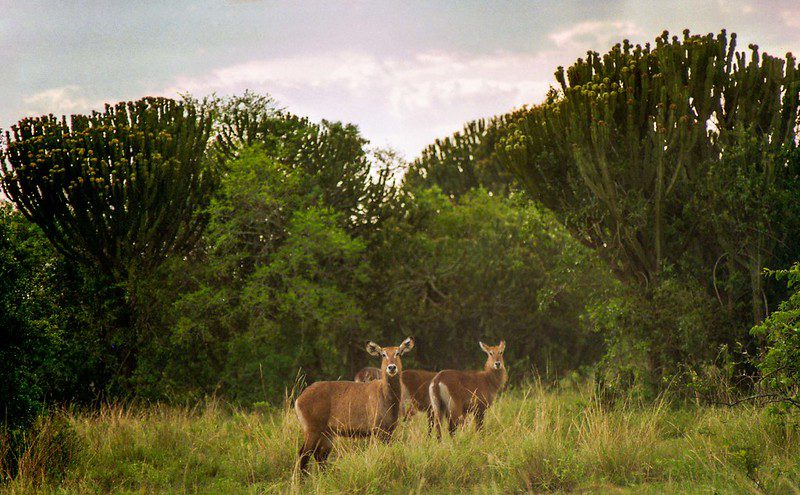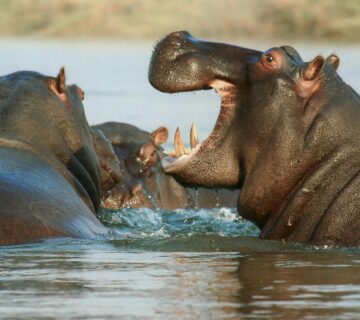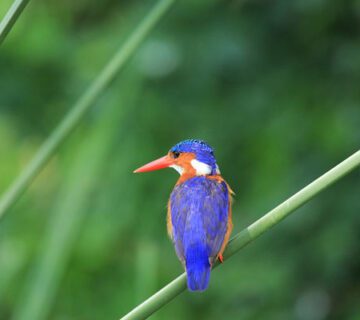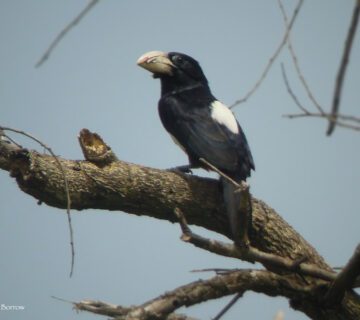Challenges Being Faced By Queen Elizabeth National Park
Queen Elizabeth National Park is one of Uganda’s most iconic and biodiverse protected areas. It stands as a symbol of Africa’s natural beauty and ecological richness. Located in the western part of the country between Lakes Edward and George, the park is home to a variety of wildlife species. These include elephants, lions, buffaloes, leopards, and over 600 bird species. Despite its global recognition and immense tourism value, Queen Elizabeth National Park faces several challenges, These environmental, human, and management challenges are seriously threatening its sustainability. The most recent and alarming of these issues is the invasion of Sickle Bush weeds. The sickle bush weeds are growing rapidly and altering the park’s delicate ecosystem balance.






